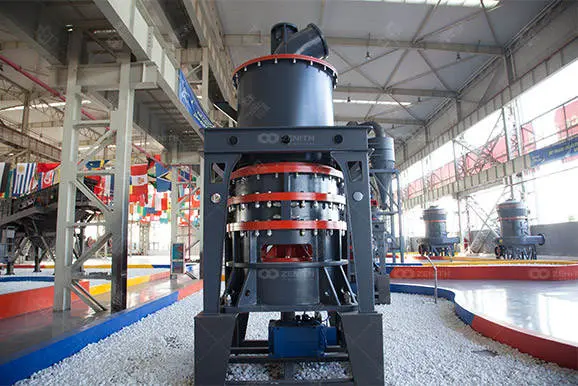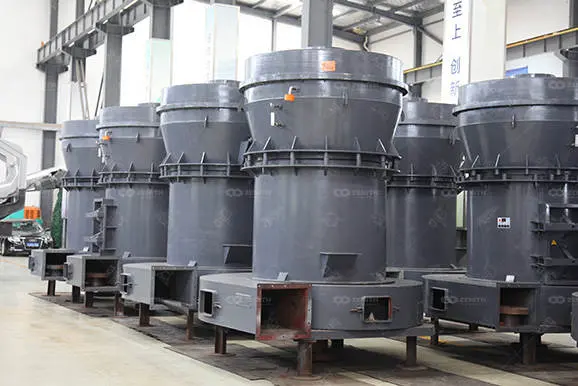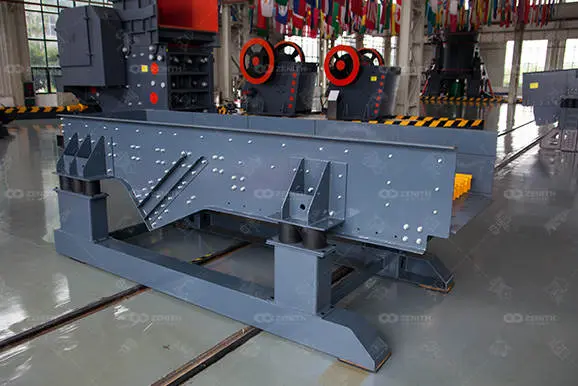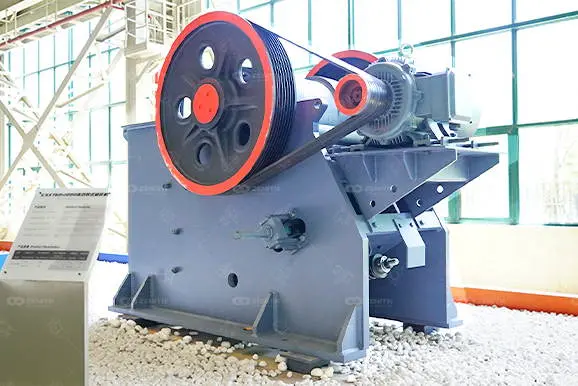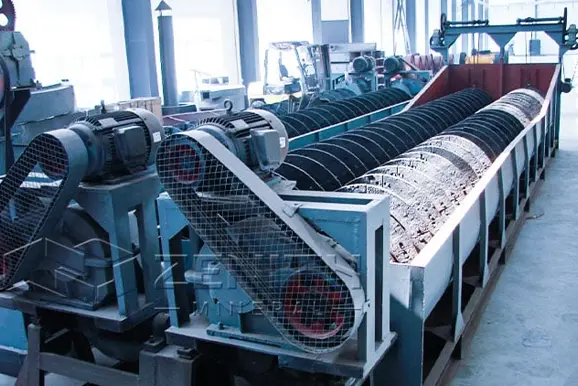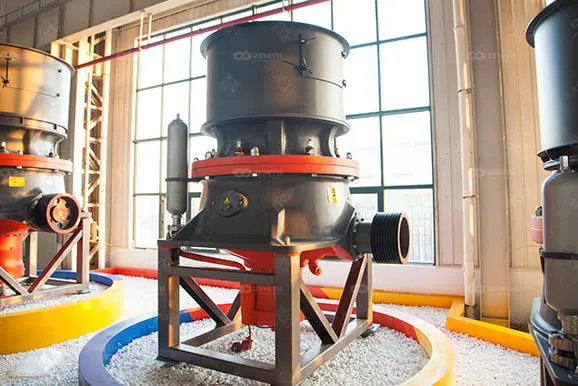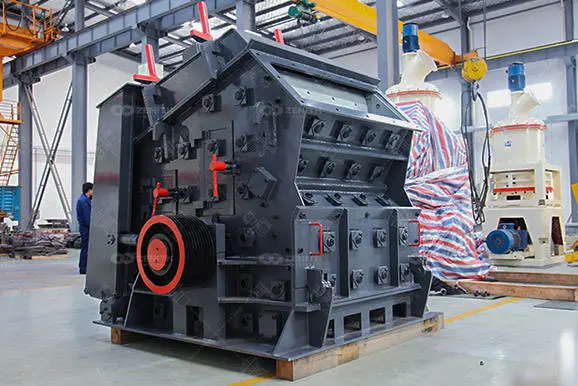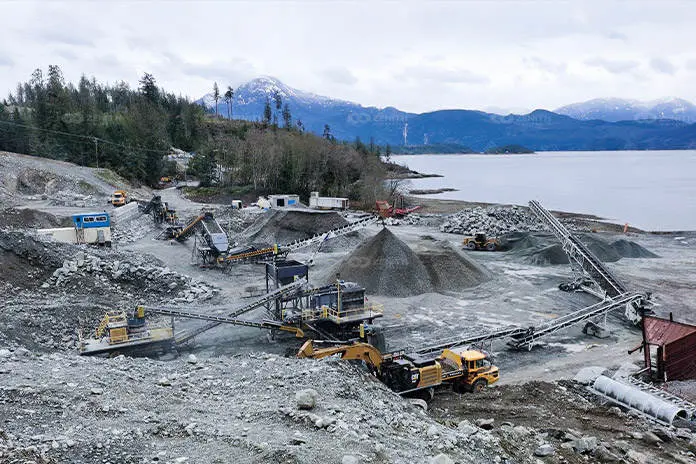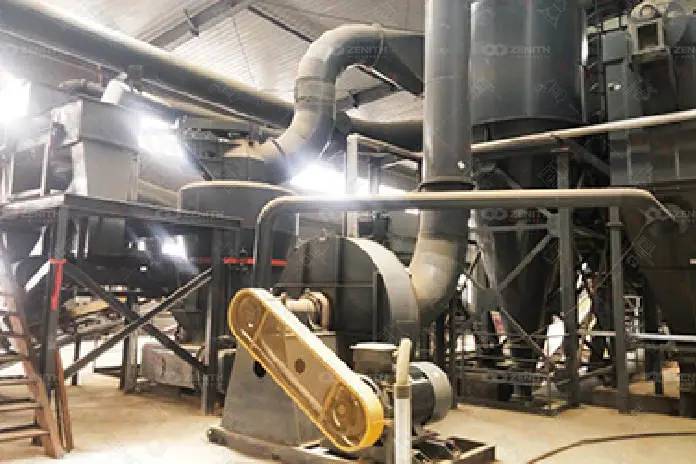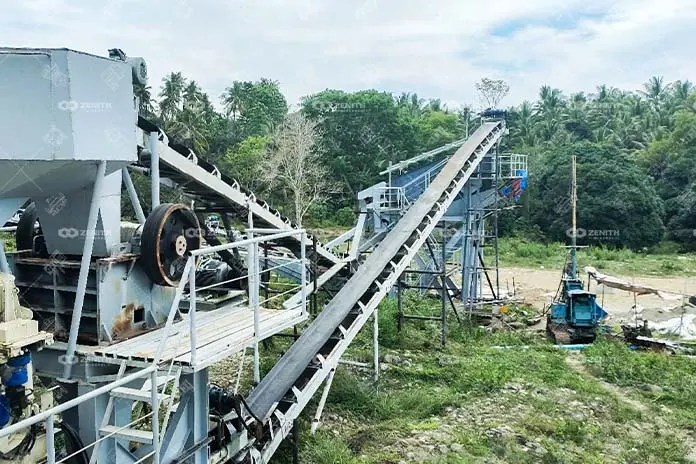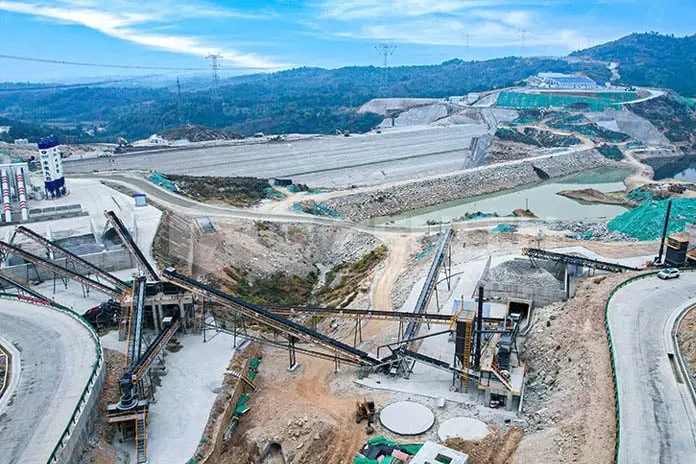What Safety Protocols Prevent Dust Explosions in Cement Plant Rotary Kilns
Time:27 October 2025

Dust explosions are a significant hazard in cement plants, particularly in rotary kilns where fine particles are prevalent. Implementing effective safety protocols is crucial to prevent these potentially catastrophic events. This article outlines the key safety measures and protocols designed to mitigate the risk of dust explosions in cement plant rotary kilns.
Understanding Dust Explosions
Dust explosions occur when a combustible dust is suspended in air, ignites, and causes a rapid increase in pressure. In cement plants, the presence of fine dust particles, high temperatures, and oxygen-rich environments create conditions conducive to such explosions.
Key Safety Protocols
1. Dust Control Measures
Effective dust control is the first line of defense against dust explosions. Key measures include:
- Dust Collection Systems: Install high-efficiency dust collectors to capture and contain dust particles before they become airborne.
- Regular Maintenance: Conduct routine inspections and maintenance of dust collection systems to ensure optimal performance.
- Enclosed Conveyors: Use enclosed conveyors to minimize dust release during material transport.
2. Ventilation and Airflow Management
Proper ventilation is essential to disperse dust and prevent accumulation:
- Adequate Ventilation: Design ventilation systems to maintain a continuous flow of air, reducing dust concentration.
- Airflow Monitoring: Implement sensors to monitor airflow and detect any deviations from normal conditions.
- Local Exhaust Ventilation (LEV): Use LEV systems to capture dust at the source, especially in high-risk areas.
3. Temperature and Pressure Control
Managing temperature and pressure within rotary kilns is critical:
- Temperature Monitoring: Use thermocouples and infrared sensors to continuously monitor kiln temperatures.
- Pressure Relief Systems: Install pressure relief valves to safely vent excess pressure and prevent explosions.
- Cooling Systems: Implement cooling systems to maintain safe operating temperatures.
4. Ignition Source Control
Preventing ignition sources is vital to avoid dust explosions:
- Spark Detection and Extinguishing: Use spark detectors and automatic extinguishing systems to address ignition sources promptly.
- Static Electricity Control: Ground and bond equipment to prevent static electricity buildup.
- Hot Work Permits: Implement a permit system for hot work activities, ensuring proper safety measures are in place.
5. Explosion Isolation and Suppression
In the event of an explosion, isolation and suppression systems can mitigate damage:
- Explosion Vents: Install explosion vents to direct blast pressure safely away from personnel and equipment.
- Chemical Suppressants: Use chemical suppressants to quickly extinguish flames and prevent explosion propagation.
- Isolation Valves: Deploy isolation valves to prevent flame and pressure from traveling through ductwork and equipment.
Training and Emergency Preparedness
1. Employee Training
Regular training ensures that employees are aware of safety protocols and can respond effectively:
- Safety Drills: Conduct regular safety drills to practice emergency response procedures.
- Awareness Programs: Implement programs to educate employees about the risks of dust explosions and the importance of safety measures.
2. Emergency Response Planning
Develop comprehensive emergency response plans:
- Evacuation Procedures: Establish clear evacuation routes and procedures in case of an explosion.
- Communication Protocols: Ensure effective communication systems are in place to alert employees and emergency services.
Conclusion
Preventing dust explosions in cement plant rotary kilns requires a multifaceted approach, combining dust control, ventilation, temperature management, ignition source control, and explosion suppression. By implementing these safety protocols and ensuring continuous training and preparedness, cement plants can significantly reduce the risk of dust explosions, safeguarding both personnel and equipment.



